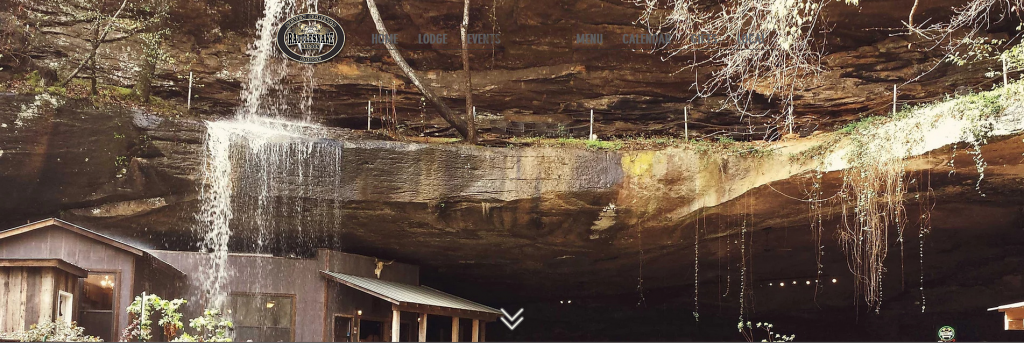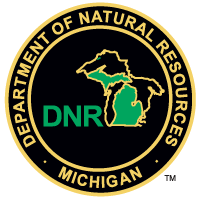-
NIA Covid-19
Posted on September 30th, 2020 No commentsThe purpose of this blog is to present new Covid-19 data via
Anthony S. Fauci, director, National Institute of Allergy and Infectious Diseases, with Steven Levy, WIRED by myself on 9/30/2020.The first 40 minutes are relevant and of Dr. Fauci answers relative to the moderators questions:
-
Neck Ache?
Posted on September 29th, 2020 No comments -
Chicken of the Woods
Posted on September 28th, 2020 No commentsOne can easily spot the chicken of the woods mushroom by its impressive size and vibrant yellow-orange colors. This large polypore has surprised many a nature lover the first time they found it! Yet did you know they’re also edible, and considered a delicacy in some parts of the world?

This mushroom has a lemony, meaty taste. Some think it tastes like its chicken namesake; others describe the flavor as being more like crab or lobster. Whatever your opinion, the chicken fungus makes a great substitute for meat in almost any dish.
It’s important to note that this is one of those mushrooms that sometimes causes gastric distress in certain people. If you want to avoid a possible stomach misadventure, only try a little bit your first time to see what it does to you. Also always avoid chicken of the woods growing on conifers, eucalyptus, or cedar trees, as these are reported to contain toxins that can make people sick.
- This mushroom is a polypore, meaning they disperse spores through small pores (holes) on the underside of their caps. You can learn more about poroid mushrooms in this article.
- The different species of the chicken of the woods mushroom are both saprotrophic (feeding on dead trees), and parasitic (attacking and killing live trees by causing the wood to rot). Whatever their method of feeding, you’ll always find them growing on or at the base of a living or dead tree.
- Chickens are easily recognized by their large clusters of overlapping brackets, and bright yellow-orangish colors. The colors fade as the mushroom grows older.
- Many polypores are also medicinal mushrooms, although there hasn’t been much research done on this one. One study has indicated that it inhibits bacterial growth.
- Other names are chicken fungus, chicken mushroom, and sulphur shelf. The genus is Laetiporus.
- There are about twelve species of chicken of the woods in the Laetiporus genus. This article focuses on Laetiporus sulphureus, the species that grows on hardwoods where I live in Eastern North America. You may also hear about these species:
- Laetiporus cincinnatus (right) – Also found in Eastern North America, although this species is often more reddish.
- Laetiporus conifericola – A yellowish species found in Western North America that often fruits on conifers.
- Laetiporus gilbertsonii – The West Coast version that’s found on oaks and eucalyptus trees.
This link will take you to the article, some of which is presented here, and it is interesting.
-
Indiana State Parks
Posted on September 27th, 2020 No commentsWith 25 state parks to chose from in Indiana it can be hard to decide which one you want to visit. Many offer unique features and if you and your family enjoy exploring outdoors you’re probably looking for which ones to add to your bucket list. Whether you’re camping for a week, planning a day trip to hike, or searching for a weekend getaway, this list of Indiana State Parks for families will make sure you’re headed towards your next adventure.

“The winds will blow their own freshness into you, and the storms their energy, while cares will drop off like autumn leaves” – John Muir
Not a state park but still an area to investigate is The Limberlost Swamp in the eastern part of the present-day U.S. state of Indiana was a large, nationally known wetlands region with streams that flowed into the Wabash River. It originally covered 13,000 acres (53 km²) of present-day Adams and Jay counties. Parts of it were known as the Loblolly Marsh, based on a word by local Native Americans for the sulphur smell of the marsh gas. The wetlands had mixed vegetation and supported a rich biodiversity, significant for local and migrating birds and insects, as well as other animals and life.
-
This Land is your Land – NOT
Posted on September 26th, 2020 No commentsBrad Wilson is following a forest trail and scanning the dusky spaces between the fir trees for signs of movement. The black handle of a .44 Magnum juts prominently from his pack. If he stumbles on a startled bear at close range, the retired sheriff’s deputy wants to know the gun is within quick reach, in case something stronger than pepper spray is needed. Wilson isn’t the type who likes to take chances; he’s the type who plans ahead.

Before setting foot on this path, he unfolded a huge U.S. Forest Service map and reviewed the route, Trail 267. He put a finger at the trailhead, which was next to a ranger’s station, then traced its meandering path into the Crazy Mountains, a chain in south-central Montana that’s part of the northern Rockies. Like many of the trails and roads that lead into U.S. Forest Service land, Trail 267 twists in and out of private properties. These sorts of paths have been used as access points for decades, but “No Trespassing” signs are popping up on them with increasing frequency, along with visitors’ logs in which hikers, hunters, and Forest Service workers are instructed to sign their names, tacitly acknowledging that the trail is private and that permission for its use was granted at the private landowners’ discretion.
https://getpocket.com/explore/item/this-land-is-no-longer-your-land
-
Death on the High Seas
Posted on September 25th, 2020 No commentsA ruling Monday by a Los Angeles federal judge, if followed by others, it could offer the cruise line something of a safe harbor under the Death on the High Seas Act. The century-old federal law limits payouts for survivors to “pecuniary” damages.
#High-Seas-Act
#HighSeasActHere is a another view: https://en.wikipedia.org/wiki/Death_on_the_High_Seas_Ac
You can do your own search but here is another: https://www.law.cornell.edu/uscode/text/46/subtitle-III/chapter-303
-
On the way south
Posted on September 14th, 2020 No commentsHere resides a few places we just have to see on trips south to Alabama in future whatever Fall/Winter:
______________________________________________________________________________

Welcome to the Rattlesnake Saloon: Thursday, Friday and Saturday (February 14th-November 30th) : 11:00am until 10:00pm & other days/hour
In order to ensure that all necessary steps are being taken to provide a safe environment for everyone, we will be scheduling routine deep cleans, sanitizing, and repairs throughout this pandemic. Please check back for updates and accept our apologies for any inconvenience these might cause.
https://www.rattlesnakesaloon.net/s?fbclid=IwAR3Gjn3IL7vh5cXLpctulFCQ5dBFJsIRxxuGD4Ci5LA0et41_r8BX4P6Ef0______________________________________________________________________________
-
Method: Deconstructing Racism
Posted on September 6th, 2020 No commentsA TED Talks: That 16 minutes that went by in a flash. Also, not too aggressive, humorous in a dark and light sort of way, carried a message, easily understood and simple and I will remember it. Thank you RL & Baratunde.
Baratunde Thurston explores the phenomenon of white Americans calling the police on black Americans who have committed the crimes of … eating, walking or generally “living while black.” In this profound, thought-provoking and often hilarious talk, he reveals the power of language to change stories of trauma into stories of healing — while challenging us all to level up.
-
Baiting Deer
Posted on September 1st, 2020 No comments -
Michigan Campsite Helper
Posted on September 1st, 2020 No commentsWe loved to boat on Lake Michigan and now we love camping there. However, it is not always easy to find a camp site and even harder to find an open spot. If you use the link below this will assist you tremendously.

CONTACT INFO
PHONE
phone1-800-447-2757 (1-800-44PARKS)
MAIL
mail Department of Natural Resources Parks and Recreation DivisionP.O. Box 30257, Lansing, Michigan, USA 48909




